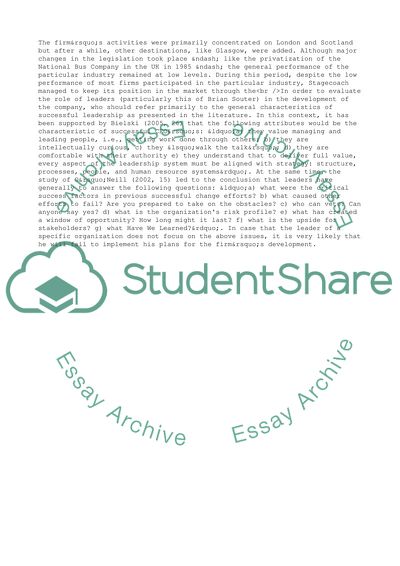Cite this document
(Strategic Analysis of Stagecoach Holding Plc Case Study, n.d.)
Strategic Analysis of Stagecoach Holding Plc Case Study. https://studentshare.org/business/1707946-stage-coach-case-study
Strategic Analysis of Stagecoach Holding Plc Case Study. https://studentshare.org/business/1707946-stage-coach-case-study
(Strategic Analysis of Stagecoach Holding Plc Case Study)
Strategic Analysis of Stagecoach Holding Plc Case Study. https://studentshare.org/business/1707946-stage-coach-case-study.
Strategic Analysis of Stagecoach Holding Plc Case Study. https://studentshare.org/business/1707946-stage-coach-case-study.
“Strategic Analysis of Stagecoach Holding Plc Case Study”. https://studentshare.org/business/1707946-stage-coach-case-study.


